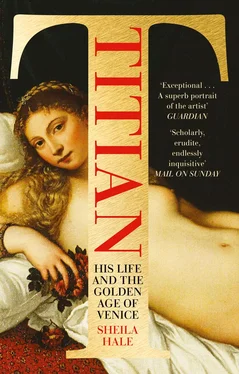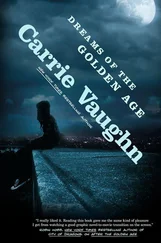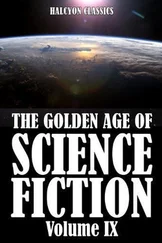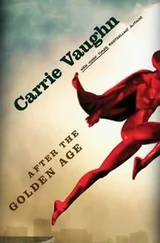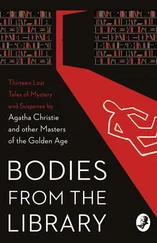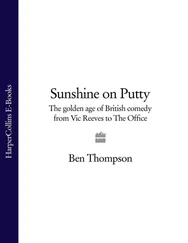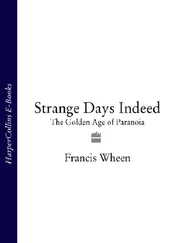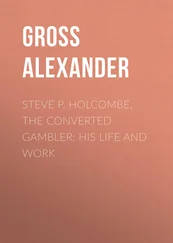Titian came to study painting in a Venice that was only just emerging, generations after the Florentine rediscovery of classical antiquity, from what has been described as ‘the last, stiff, half-barbaric splendours of Byzantine decoration’.8 Unlike the city states of central Italy, Venice had never had a princely or papal court or the equivalent of the Medici family to encourage rivalry and sophisticated innovation. While Florentine artists thrived on competition – Donatello, working in the Venetian university town of Padua, complained of the absence there of the artistic rivalry that sharpened the ambitions and talents of his fellow Florentines – Venetian studios were by and large run as family partnerships passed down from one generation to another. They were commercial enterprises that aimed to provide conservative patrons, whose minds were preoccupied with empire building and commerce, with familiar products rather than to challenge existing norms. The Vivarini family, which supplied Venice, the empire and beyond with religious paintings throughout the second half of the fifteenth century, worked in such similar styles that the hand of one Vivarini cannot always be distinguished from another.
In Florence – that small, brown, restless, cerebral, idealistic city dominated by the cranial shape of its cathedral dome – Leon Battista Alberti’s Della Pittura of 1436, the first modern theoretical treatise on painting, had provided painters with a framework of concepts and precepts about preparatory drawing and perspective. In Venice critical theory about painting lagged behind execution; painters painted without the benefits and constraints of written guidelines. The first fully articulated Venetian treatises on painting, written by Paolo Pino and Lodovico Dolce, did not appear until the middle of the sixteenth century, and did not so much prescribe as describe the qualities that distinguished the work of the greatest Italian painters.9 Dolce’s L’Aretino, into which his biography of Titian is incorporated, is a fictional dialogue between Titian’s most articulate admirer, Pietro Aretino, and a Tuscan grammarian, Giovanni Francesco Fabrini, who acts as spokesman for the Florentine point of view. ‘Aretino’, speaking for Venice, proposes three guidelines by which a painting should be judged:
The whole sum of painting is, in my opinion, divided into three parts: invention, design and colouring. The invention is the fable or history which the painter chooses on his own or which others present him with, as material for the work he has to do. The design is the form he uses to represent this material. And the colouring takes its cue from the hues with which nature paints (for one can say as much) animate and inanimate things in variegation.10
The ultimate goal of painting, he continues, is to astonish and give pleasure by rivalling the illusionist feats performed by ancient Greek artists (whose painted grapes were so lifelike that birds pecked at them, whose horses made real horses neigh, whose statues of Venus caused men to ejaculate, and so on) and which were routinely used to describe the sense of the real world evoked by Renaissance painters starting with Giotto, who was supposed to have painted a fly on one of Cimabue’s figures so lifelike that Cimabue tried to brush it off.
The Aretino was intended as a riposte to the first, 1550 edition of Vasari’s Lives of the Artists, from which he had excluded living painters with the single exception of Michelangelo. While Venetians aimed to rival nature by imitating it, Vasari’s anthropomorphic scheme placed art in its most mature phase – of which the greatest exemplars were Michelangelo and Raphael – as its own master, not reflecting but triumphant over nature. For him, as for all Florentines, the essential basis of all the high arts was disegno. Disegno – the word meant both draughtsmanship and design of a composition – was the father of the three arts of sculpture, architecture and painting. A painting was ‘a plane the surface of which is covered by fields of colours … bound by lines … which by virtue of a good drawing of circumscribed lines defines the figure’. A good painting, in other words, was a good drawing filled in by colour; and young Florentine artists were not permitted to hold a paintbrush until they had learned to draw.
For Venetians contour lines were increasingly to be avoided because they were not seen in nature, which was more readily evoked by shading and blending colours applied directly on to the support, allowing the viewers to fill in lost outlines with their own imaginations, as we do in the real world. The dichotomy between Florentine and Venetian methods was of course exaggerated. Any figure painter must master both. But in an age when critical language about art was limited it was a useful and much used distinction. Vasari claimed that Michelangelo, upon seeing a painting by Titian,11 had commented that it was a pity Titian had learned to paint in Venice where artists were not taught how to draw. Tintoretto posted a note in his studio reminding himself to rival ‘the disegno of Michelangelo and the colorito of Titian’.
‘The things obtaining to colouring are infinite,’ wrote Pino, ‘and it is impossible to explain them in words.’ Modern art historians try to meet that challenge by employing a more sophisticated specialist vocabulary than was available to sixteenth-century critics, most of whom were trained to write about literature and tended to restrict their comments about paintings to generalizations, classical tropes and a simplistic binary device, the paragone, borrowed from literary dialogues and treatises, which compared the relative merits of painting or sculpture, painting or poetry, colorito or disegno, literature or the visual arts,12 Florentine or Venetian art. But even today it is not possible to explain in words our visceral response to Venetian paintings, which are more about illusion than construction, about execution more than concept, and which speak more directly to the emotions and the senses – not only of vision and hearing but for some people of touch, even of taste13 – than to the intellect. We can criticize Titian for his lack of interest in deep space and linear perspective, but we are still dealing with a mystery, which Dolce called ‘that whatever it is … that fills the soul with infinite delight without our knowing what it is that gives us such pleasure’.
Venetian painters, many of whom were also musicians, seem to have been aware that colour like music can induce distinct moods. Vasari tells us that Giorgione played the lute ‘so beautifully to accompany his own singing that his services were often used at music recitals and social gatherings’; and that Sebastiano Luciani, whose first profession was not painting but music, was an accomplished singer, adept at various instruments, especially the lute. Ridolfi wrote that Tintoretto played the lute ‘and other strange instruments of his own invention’. In the 1540s Titian had a harpsichord made for his house in return for a portrait of the man who built it. In Veronese’s Wedding Feast at Cana, painted in 1563 for the refectory of San Giorgio Maggiore, Titian performs on the viola da gamba in a string quartet with the other greatest Venetian artists of the time, Tintoretto, Jacopo Bassano and Veronese himself.
The enchanting musical angels perched on the steps of the Virgins’ thrones in fifteenth-century paintings are among the most popular Venetian postcards. Titian’s musicians are not so innocent. Their recorders, flutes and organs are charged with eroticism, sublime but transient like their music. Music, like feminine beauty and life itself, can exist only in time, while painting captures and fixes the momentary exaltation for ever. Titian’s Concert (Florence, Galleria Palatina), whatever else its much debated significance may be, is about collaborative music making, as is the enigmatic Concert Champêtre (Paris, Louvre).14 His ruined Portrait of a Musician (Rome, Galleria della Spada) anticipates the Romantic conception of wild, self-forgetful genius by several centuries. Some people even today who are sensitive to Titian’s works imagine that they can hear sounds within his paintings: his leaves rustling in the wind, the voices of his protagonists, and above all their music making, music being the art that since antiquity had been thought to reflect the harmony of the planets and the rational order of the universe.
Читать дальше
